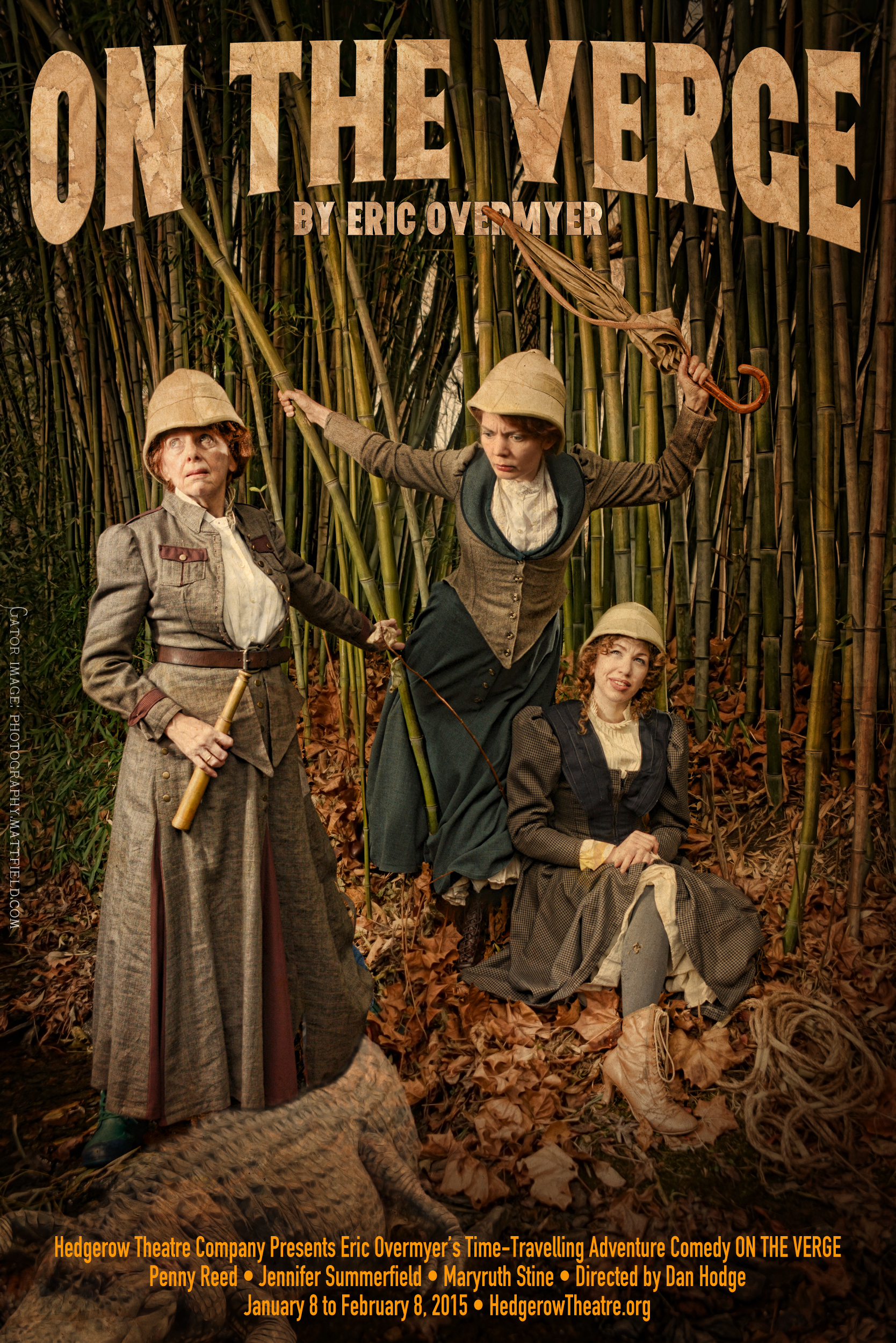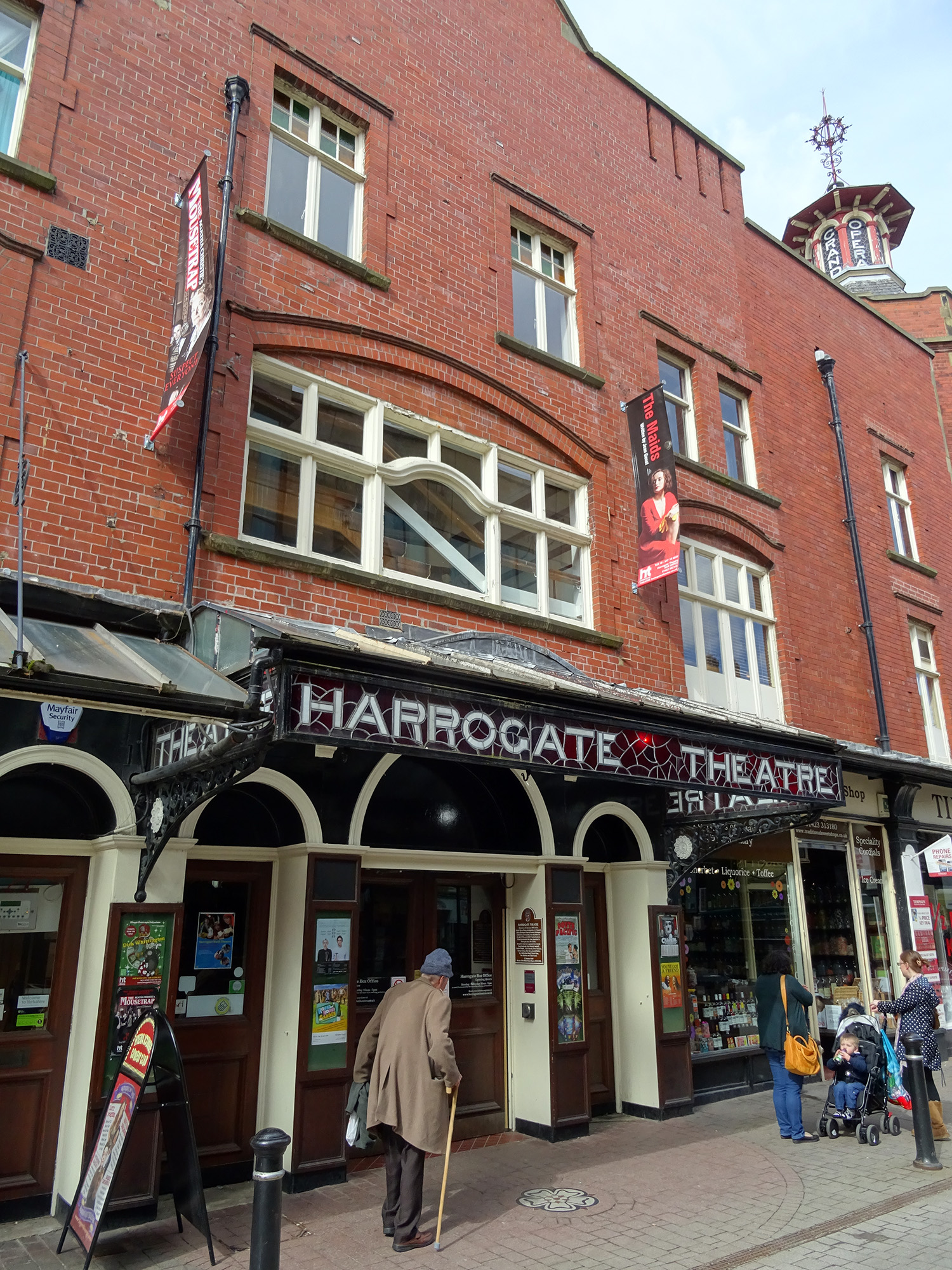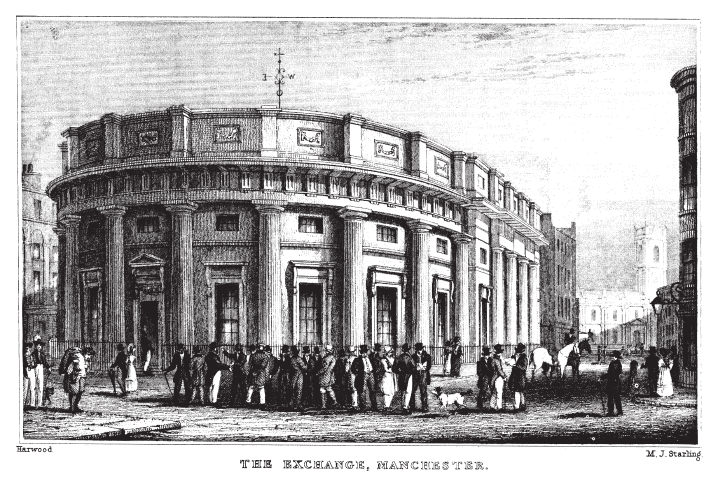|
Kay Adshead
Kay Adshead (born 10 May 1954) is a poet, playwright, theatremaker, actress and producer. Early life and education Adshead was born in Cheetham Hill, Manchester, moving to Stretford where she was educated at Stretford Girls’ Grammar. She was a child actress with the Stretford Children’s Theatre. She trained as an actress at RADA, where she won the Emile Littler award for outstanding talent and the Bryan Mosley award for individual skill in stage-fighting. She graduated in 1975. Career She has played leading roles in film and TV, including Cathy in the BBC classic series ''Wuthering Heights'', Beryl Stapleton in ''Hound of The Baskervilles'', Linda in Mike Leigh’s BBC TV film ''Kiss of Death'', and Sue McKenna in the Film on Four ''Acceptable Levels''. Theatre performances include Moll Gromer in ''Thee and Me'' and Muriel in ''Harlequinade'' at the Royal National Theatre. She was Betty in ''Touched'' and sang the role of Clara Twain in ''White Suit Blues'' at The Old ... [...More Info...] [...Related Items...] OR: [Wikipedia] [Google] [Baidu] |
Cheetham Hill
Cheetham is an inner-city area and electoral ward of Manchester, England, which in 2011 had a population of 22,562. It lies on the west bank of the River Irk, north of Manchester city centre, close to the boundary with Salford, bounded by Broughton to the north, Harpurhey to the east, and Piccadilly and Deansgate to the south. Historically part of Lancashire, Cheetham was a township in the parish of Manchester and hundred of Salford. The township was amalgamated into the Borough of Manchester in 1838, and in 1896 became part of the North Manchester township. Cheetham is home to a multi-ethnic community, a result of several waves of immigration to Britain. In the mid-19th century, it attracted Irish people fleeing the Great Famine. It is now home to the Irish World Heritage Centre. Jews settled in the late-19th and early-20th centuries, fleeing persecution in continental Europe. Migrants from the Indian subcontinent and Caribbean settled in the 1950s and 1960s, and more ... [...More Info...] [...Related Items...] OR: [Wikipedia] [Google] [Baidu] |
A Bit Of Fry & Laurie
''A Bit of Fry & Laurie'' is a British sketch comedy television series written by and starring former Cambridge Footlights members Stephen Fry and Hugh Laurie, broadcast on both BBC1 and BBC2 between 1989 and 1995. It ran for four series and totalled 26 episodes, including a 36-minute pilot episode in 1987. As in ''The Two Ronnies'', elaborate wordplay and innuendo were staples of its material. It frequently broke the fourth wall; characters would revert into their real-life actors mid-sketch, or the camera would often pan off set into the studio. In addition, the show was punctuated with non sequitur vox pops in a similar style to those of ''Monty Python's Flying Circus'', often making irrelevant statements, heavily based on wordplay. Laurie was also seen playing piano and a wide variety of other instruments and singing comical numbers. Broadcast details The 36-minute pilot was broadcast on BBC1 at 11:55pm on Boxing Day 1987, although it was later edited down to 29 minut ... [...More Info...] [...Related Items...] OR: [Wikipedia] [Google] [Baidu] |
David Edgar (playwright)
David Edgar (born 26 February 1948) is a British playwright and writer who has had more than sixty of his plays published and performed on stage, radio and television around the world, making him one of the most prolific dramatists of the post-1960s generation in Great Britain.Dictionary of Literary Biography excerpt at Bookrags.com He was resident playwright at the in 1974–5 and has been a board member there since 1985. Awarded a Fellow in Creative Writing at |
Caryl Churchill
Caryl Lesley Churchill (born 3 September 1938) is a British playwright known for dramatising the abuses of power, for her use of non- naturalistic techniques, and for her exploration of sexual politics and feminist themes.Caryl Churchill profile ''Encyclopædia Britannica''; accessed 26 January 2018. Celebrated for works such as '' Cloud 9'' (1979), '''' (1982), '''' (1987), '' [...More Info...] [...Related Items...] OR: [Wikipedia] [Google] [Baidu] |
Howard Barker
Howard Barker (born 28 June 1946) is a British playwright, screenwriter and writer of radio drama, painter, poet, and essayist writing predominantly on playwriting and the theatre. The author of an extensive body of dramatic works since the 1970s, he is best known for his plays ''Scenes from an Execution'', ''Victory'', ''The Castle (play), The Castle'', ''The Possibilities'', ''The Europeans'', ''Judith: A Parting from the Body, Judith'' and ''Gertrude - The Cry'' as well as being a founding member, primary playwright and stage designer for British theatre company The Wrestling School. The Theatre of Catastrophe Barker has coined the term "Theatre of Catastrophe" to describe his work. His plays often explore violence, Human sexuality, sexuality, the desire for Power (philosophy), power, and human motivation. Rejecting the widespread notion that an audience should share a single response to the events onstage, Barker works to fragment response, forcing each viewer to wrestle wi ... [...More Info...] [...Related Items...] OR: [Wikipedia] [Google] [Baidu] |
On The Verge (play)
''On the Verge; or, The Geography of Yearning'' is a play written by Eric Overmyer. It premiered in 1985 at Baltimore's Center Stage. The original cast consisted of Libby Boone, Susan Barnes, Paddi Edwards, and James McDonnell. The script makes extensive use of esoteric language and pop culture references from the late nineteenth century to 1955. The cast consist of three lady explorers and eight diverse beings they encounter on their travels, which include different times as well as different locations. The aforementioned eight beings are intended to be played by a single actor. The play is published by Broadway Play Publishing Inc., and continues to be performed. Plot The basic plot of the play follows the adventures of three Victorian women explorers into what they believe to be Terra Incognita, a new, unexplored land. The three are from very different exploration backgrounds but all exhibit their own form of independence. From the world in general and specifically men. The ... [...More Info...] [...Related Items...] OR: [Wikipedia] [Google] [Baidu] |
Liverpool Playhouse
The Liverpool Playhouse is a theatre in Williamson Square in the city of Liverpool, England. It originated in 1866 as a music hall, and in 1911 developed into a repertory theatre. As such it nurtured the early careers of many actors and actresses, some of whom went on to achieve national and international reputations. Architectural changes have been made to the building over the years, the latest being in 1968 when a modern-style extension was added to the north of the theatre. In 1999 a trust was formed, joining the management of the Playhouse with that of the Everyman Theatre. History The present theatre on the site was designed by Edward Davies, and opened in 1866. It replaced an earlier theatre called the Star Concert Hall. The present theatre was originally named the Star Music Hall. In 1895 its name was changed to the Star Theatre of Varieties. The theatre was improved in 1898 by Harry Percival with a new auditorium and foyer, and electricity was installed. In 1911 th ... [...More Info...] [...Related Items...] OR: [Wikipedia] [Google] [Baidu] |
Swan Theatre, Worcester
The Swan Theatre is a theatre currently run by the Worcester Theatres Charitable Trust in Worcester, England. It is the official residence of the Worcester Repertory Company, Swan Youth Theatre and Young Rep. It stages drama, music, dance and spoken word as well as being hired out to local, regional and national amateur groups. It was built in 1965 and was designed by Henry Gorst. The Swan Theatre was built a decade after the demolition of the Worcester Theatre Royal, which was condemned due to fire damage. The theatre has undergone two major refurbishments since it was built. One in the late 1970s which added a studio theatre, office spaces and workshop space and another in 2009. The 2009 refurbishment installed air-handling in the theatre's main house as well as the removal of asbestos and the inclusion of a public balcony in the bar and foyer area. In addition to the 350 seat main house auditorium the theatre has a 50 seat studio space, The Vesta Tilley Studio, named after Music ... [...More Info...] [...Related Items...] OR: [Wikipedia] [Google] [Baidu] |
Harrogate Theatre
Harrogate Theatre is a Grade II listed performance hall and theatre, located in Harrogate, North Yorkshire, England. It is a full hemp house theatre that uses a theatrical rigging system to fly components like curtains, lights and scenery on and off the stage. Unusually, however, the theatre does not have stage doors in the usual way. Instead, personnel enter through the main entrance, then a raised set of barn doors at the back of the building is used for the load-in/load-out. A brown plaque is displayed outside the theatre paying tribute to some of the famous performers who have appeared on Harrogate Theatre's stage, including Sarah Bernhardt, Charlie Chaplin, Steve Harley and Cockney Rebel, Steve Harley (as a 4-man acoustic set, not as part of Cockney Rebel), Andy Parsons, Trevor Howard, George Robey, Ellen Terry, Fats Waller, Ken Dodd, Ben Kingsley and Eddie Izzard. History The Harrogate Grand Opera House was designed by architect Frank Tugwell, whose other work incl ... [...More Info...] [...Related Items...] OR: [Wikipedia] [Google] [Baidu] |
Crucible Theatre
The Crucible Theatre (often referred to simply as "The Crucible") is a theatre in Sheffield, South Yorkshire, England which opened in 1971. Although it hosts regular theatrical performances, it is best known for hosting professional snooker's most prestigious tournament, the World Snooker Championship, which has been held annually at the venue since 1977. Its name is a reference to the local steel industry. In May 2022 plans were unveiled to build a new 3,000-seater venue nearby with a bridge connecting the two buildings. History The Crucible Theatre was built by M J Gleeson and opened in 1971. It replaced the Sheffield Repertory Theatre in Townhead Street. In 1967 Colin George, the founding artistic director of the Crucible, recommended a thrust stage for Sheffield, inspired by theatres created by Sir Tyrone Guthrie. Tanya Moiseiwitsch, who had been involved in designing Guthrie's theatres, was recruited to design Gleeson's theatre as well. The architects Renton Howard Woo ... [...More Info...] [...Related Items...] OR: [Wikipedia] [Google] [Baidu] |
Bristol Old Vic
Bristol Old Vic is a British theatre company based at the Theatre Royal, Bristol. The present company was established in 1946 as an offshoot of the Old Vic in London. It is associated with the Bristol Old Vic Theatre School, which became a financially independent organisation in the 1990s. Bristol Old Vic runs a Young Company for those aged 7–25. The Theatre Royal, the oldest continually-operating theatre in the English-speaking world, was built between 1764 and 1766 on King Street in Bristol. The Coopers' Hall, built 1743–44, was incorporated as the theatre's foyer during 1970–72. Together, they are designated a Grade I listed building by Historic England. Daniel Day-Lewis called it "the most beautiful theatre in England." In 2012, the theatre complex completed the first phase of a £19 million refurbishment, increasing the seating capacity and providing up to ten flexible performance spaces. Besides the main Theatre Royal auditorium, the complex includes the Studio th ... [...More Info...] [...Related Items...] OR: [Wikipedia] [Google] [Baidu] |
Royal Exchange, Manchester
The Royal Exchange is a grade II listed building in Manchester, England. It is located in the city centre on the land bounded by St Ann's Square, Exchange Street, Market Street, Cross Street and Old Bank Street. The complex includes the Royal Exchange Theatre and the Royal Exchange Shopping Centre. The Royal Exchange was heavily damaged in the Manchester Blitz and in the 1996 Manchester bombing. The current building is the last of several buildings on the site used for commodities exchange, primarily but not exclusively of cotton and textiles. History, 1729 to 1973 The cotton industry in Lancashire was served by the cotton importers and brokers based in Liverpool who supplied Manchester and surrounding towns with the raw material needed to spin yarns and produce finished textiles. The Liverpool Cotton Exchange traded in imported raw cotton. In the 18th century, the trade was part of the slave trade in which African slaves were transported to America where the cotton was gr ... [...More Info...] [...Related Items...] OR: [Wikipedia] [Google] [Baidu] |


.jpg)

